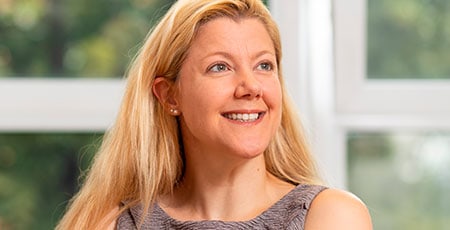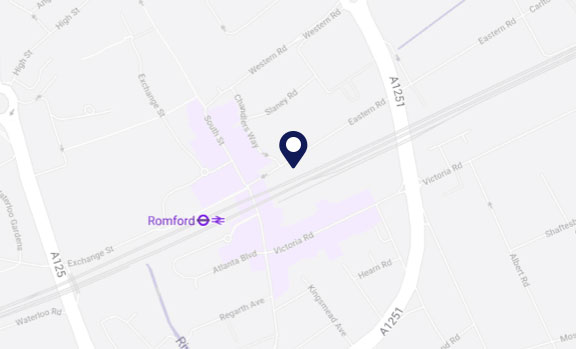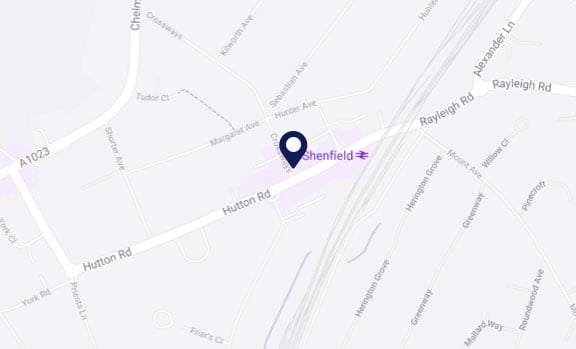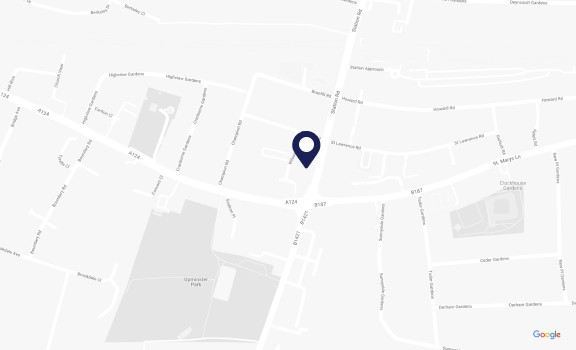To start with, all the assets in the marriage have to be taken into account so that includes pensions. They often get overlooked so it’s important to remember them. Pensions need to be shared along with all the other assets in the marriage. The starting point for everything is 50/50, although that’s not always the final outcome. The aim is to achieve a fair settlement of everything and with pensions the aim is to meet your needs on retirement. so generally, you’re looking at trying to generate similar retirement income for both of you. Sometimes we might need to ask a pension expert to look into the pensions, just to check how they’re valued and to get an idea of what kind of income they’re going to generate on retirement. If you have all the pensions or most of the pensions, you are going to be able to keep some of them because you need them to meet your income needs on retirement. If you’re the person without the pensions or with the smaller pensions you’re likely to get a share of the other party’s pensions. Those shares can be dealt with in a number of different ways. They can be shared between you under what we call a pension sharing order, which means that the percentage of the bigger pension is shared into a pension fund for the person with the smaller pensions, it can only be used for pensions so you can’t use that kind of order to generate cash from pensions. You want to do that. You need to look at offsetting your pensions against other assets. For example, you might want a larger share from the house and you might forego your claim on the pension or take a smaller percentage of the pension, there’s one third option that can be used if appropriate. It’s known as a pension attachment order. It means that the person with a smaller pension gets a share of the other person’s pensions but not until they actually retire. Most people prefer to sort things out there and then rather than wait for the other person’s retirement.










